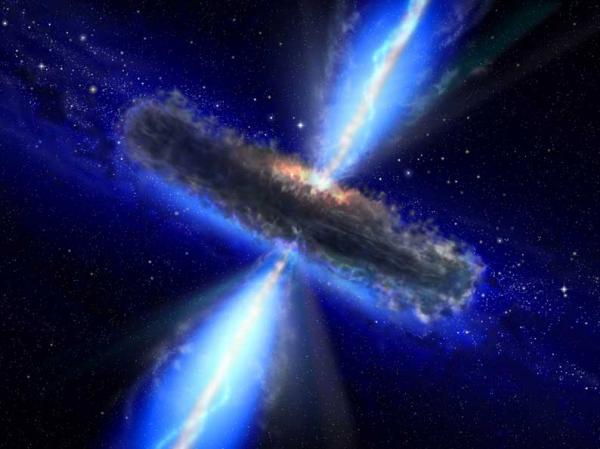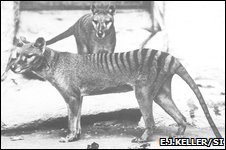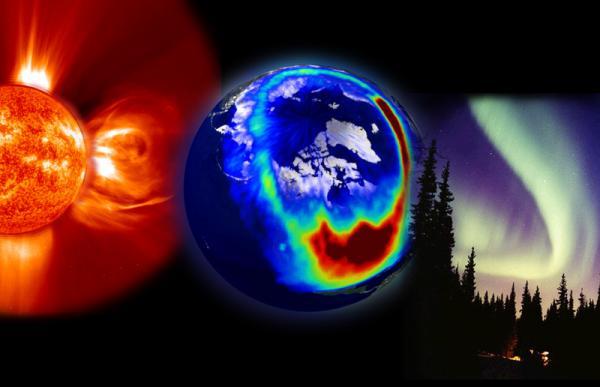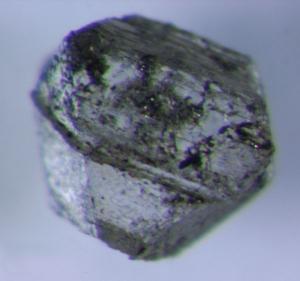
"There's a lot we don't know about the workings of supermassive black holes," says Richard Mushotzky of NASA's Goddard Space Flight Center in Greenbelt, Md. Astronomers think the intense emission from the centers, or nuclei, of active galaxies arises near a central black hole containing more than a million times the sun's mass. "Some of these feeding black holes are the most luminous objects in the universe. Yet we don't know why the massive black hole in our own galaxy and similar objects are so dim."
NASA's Swift spacecraft is designed to hunt gamma-ray bursts. But in the time between these almost-daily cosmic explosions, Swift's Burst Alert Telescope (BAT) scans the sky. The survey is now the largest and most sensitive census of the high-energy X-ray sky.








Comment: Several cables were cut in January 08, speculations as to the reasons for that 'rare' event included:
A subtle message to Iran, an example of how their communications can be affected by outside forces?
Maybe this is a prelude to an attack, or perhaps a test run for a future one?
The long-awaited Iranian Oil Bourse, a place for trading oil, petrochemicals and gas in various non-dollar currencies, was about to be opened.
Conspiracy theories and cut InterTube cables. He who controls information flow, controls pretty much everything. If the US did manage to tap into the entire middle east's net connections with these "accidents", our lives have just gotten much more complex.